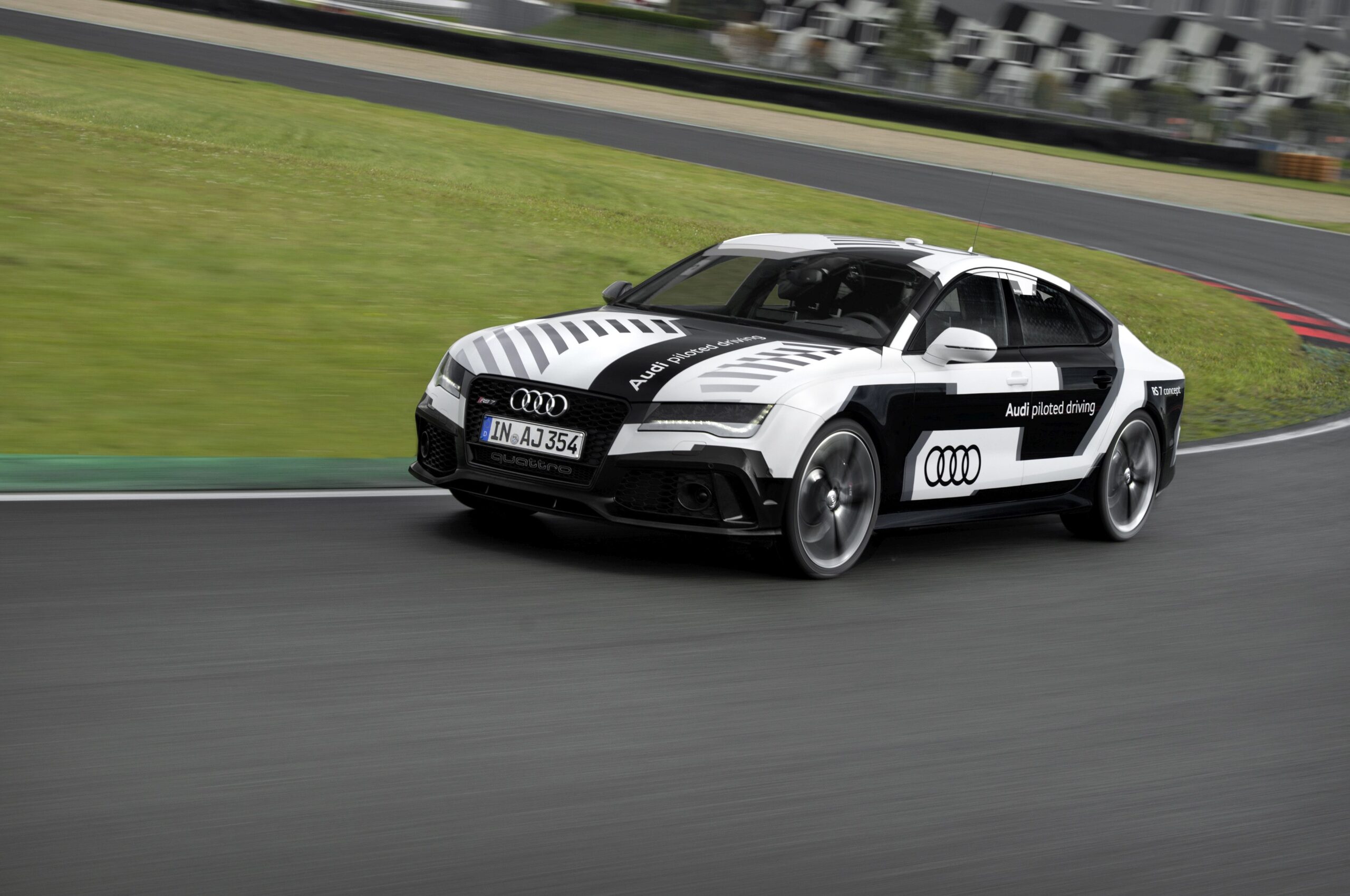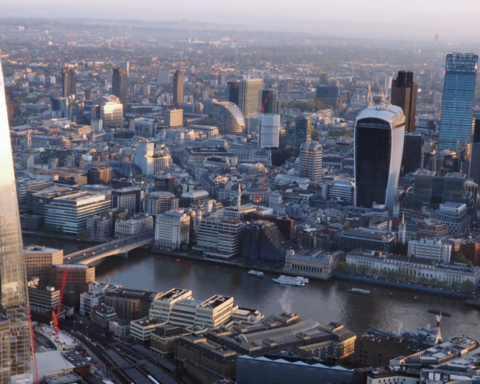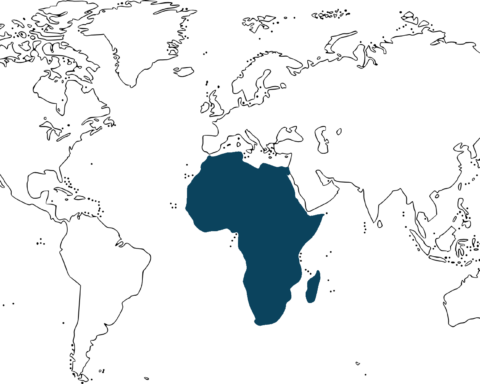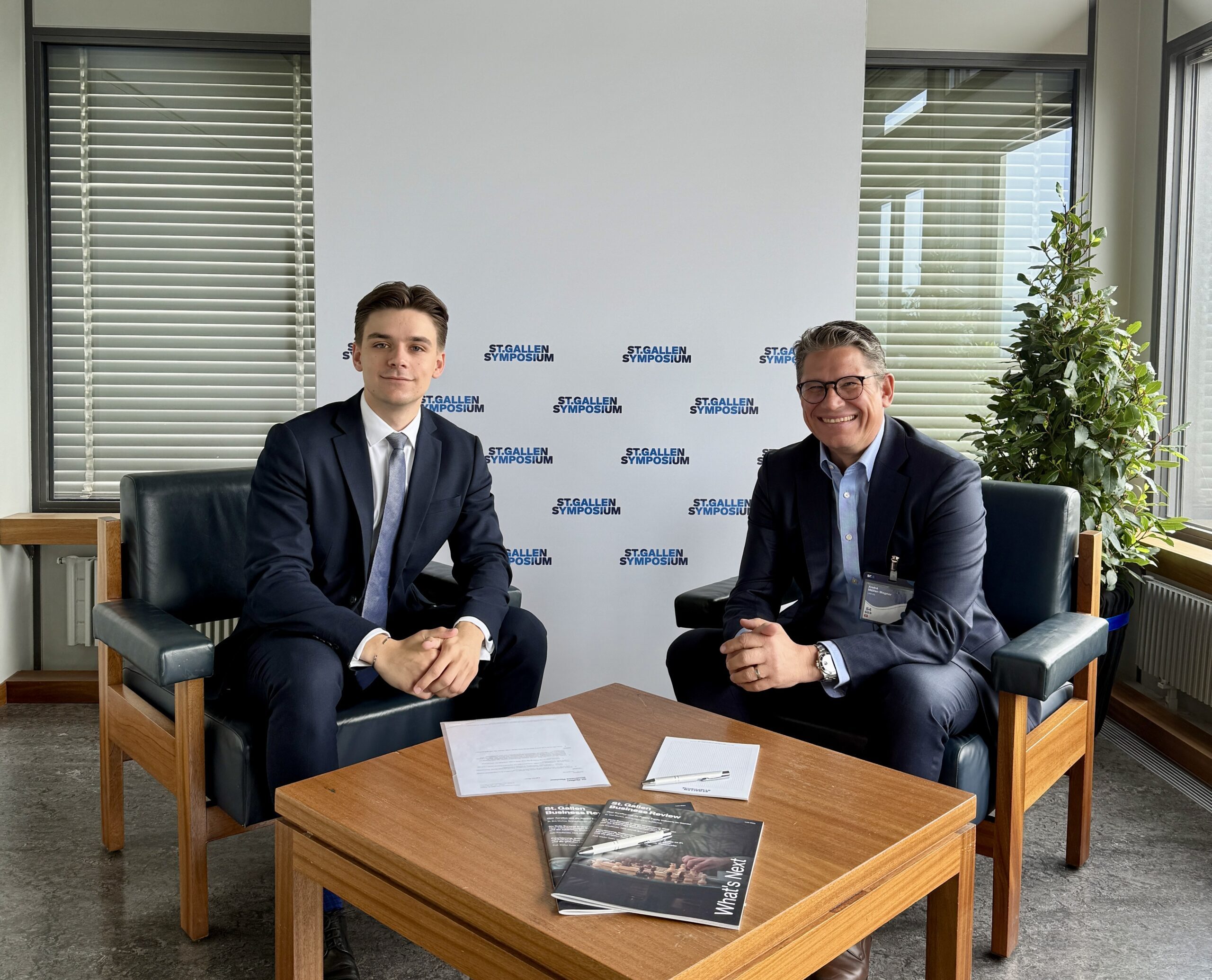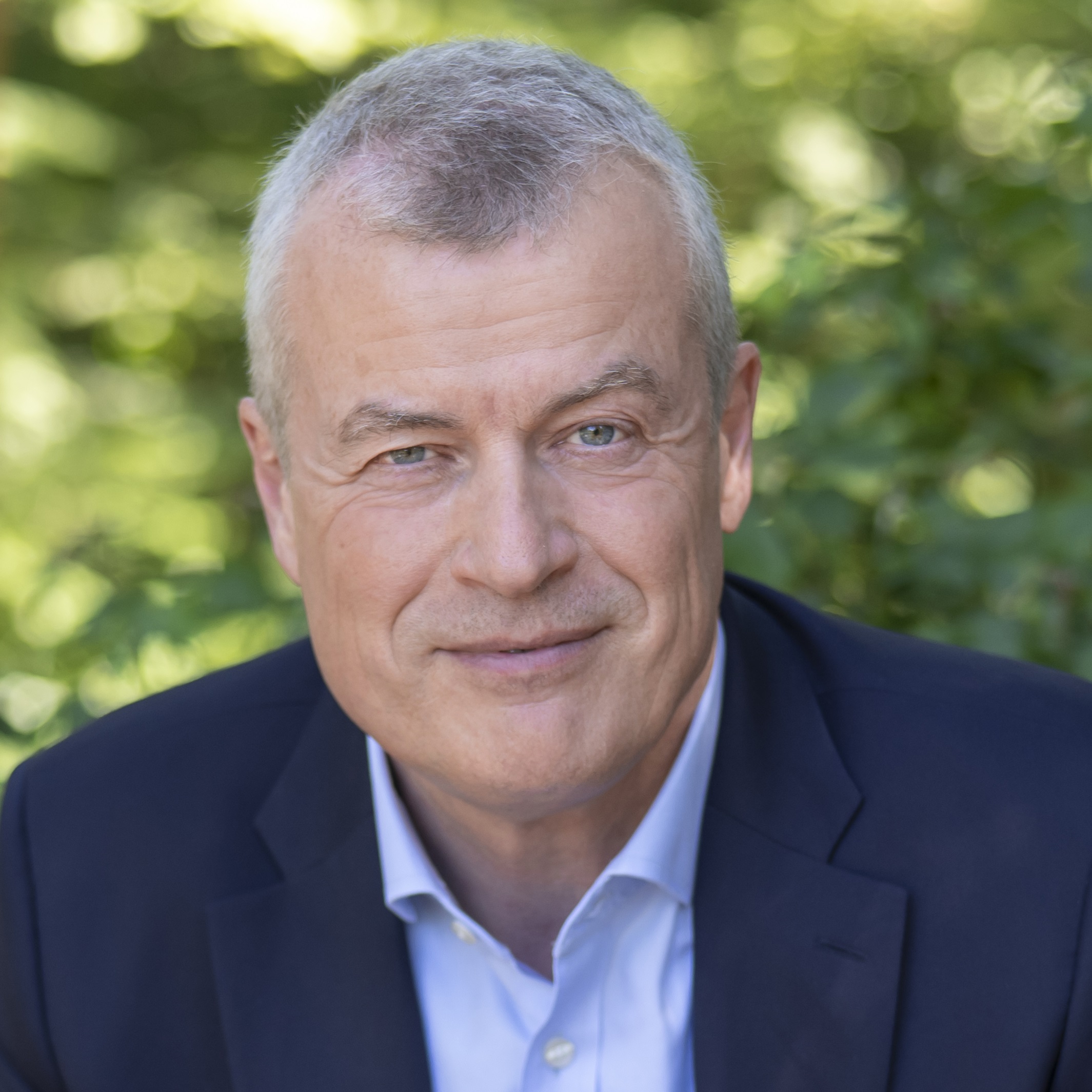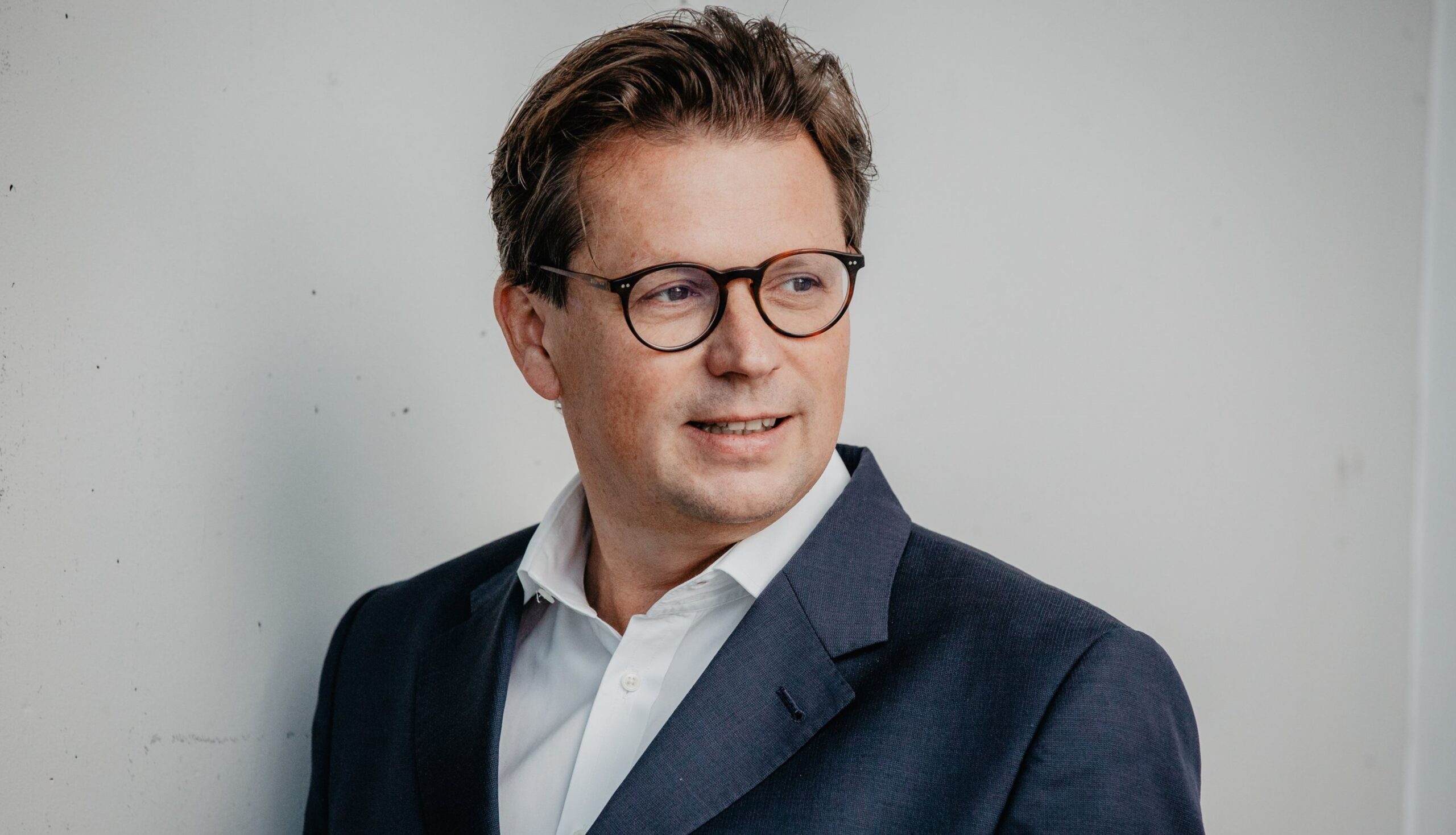It’s a given that the automobile industry is currently undergoing the biggest change in its history – and the pace of change is actually accelerating: Social trends such as the shift to more urbanized living and technological advances such as seamless connectivity or self-driving cars are changing the game and are re-defining our mobility concepts for the future. While all this change is happening, one steady demand will always remain: individual mobility as a basic need of mankind.
Corresponding to this magazine’s overall topic, it is worth while pointing out the aspect of “harmony” as core principle of automotive engineering. Harmony in a car is the preliminary condition for system effectiveness and efficiency. An engine is the heart of every automobile. For the classical combustion engine the highly harmonious principle is its four-phase movement (see picture): The piston sucks a mixture of fuel and air from the carburetor into the cylinder and compresses it. Then a spark from the spark plug ignites the gaseous mixture, which burns in an explosion. In the next phase, the piston is pushed down as the expanding gas forces the piston to perform work. Finally, the piston expels the burnt gas out of the cylinder again.
The engine is a good symbol for the core values of our industry on the one hand and for our current phase of radical change on the other. Because the ecological, social and political framework is developing so rapidly in the automotive sector, more than ever before, we have to reinvent ourselves and ask ourselves: Which new possibilities can be enabled by technology? And above all: What will be the new needs of our customers tomorrow? It’s not about merely switching to electric engines. It’s about matching the various needs with the right solutions.
This article showcases three major trends of our time – all of them involve a new kind of interaction between man and machine and – if you like – thus in a way a new kind of harmony.
1. Sustainability and electric mobility
2. Digitalization and connectivity
3. Piloted driving as a key technology
1. Sustainability and electric mobility
The original idea behind the automobile was to travel faster and more conveniently from A to B. But in some megacities people start to experience how the car could be transformed from an object of mobility into an object of standstill: There, traffic jams keep people in their cars for up to one month per year. The search for parking space accounts for another week we lose every single year. Plus the impact of mobility on our planet: We can only afford individual mobility in the future if we make it sustainable.
At Audi, we have anchored the principle of sustainability for products and processes in our strategy. Audi ultra is the formula for our entire value chain. This is our most important race. It’s about every single liter of water we use less in our factories, every kilowatt of electric energy we save in our whole organization, every kilometer and every mile we shorten ways in logistics, every pound we reduce in light-weight construction, and every gram of CO2 we avoid in our latest high-tech engines on the road to CO2-neutral mobility. It’s all about finding new efficiency formulas: using space, time and other resources as intelligently as possible. As regards our products, this will help to reinvent individual mobility in a way that cars will remain objects of desire.
In 2010, we launched the Audi Urban Future Initiative. We were the first car brand to enter into a holistic dialog with various key players. Together with urban planners, architects, politicians and businesspeople, we discuss questions of future mobility and support innovative projects for the city of the future. At the same time, this initiative gives us stimulus for our daily work. Every other year, we present the Audi Urban Future Award. The winner in 2014 was a team from Mexico City with the idea of creating an operating system for urban mobility. In this system, transportation users voluntarily provide mobility data with which computers calculate a model of urban traffic. As a result, car drivers can flexibly adapt their routes to the current traffic situation and combine various means of transport. And cities can use the data to manage their long-term transport planning in accordance with actual needs.
Especially in big cities, more and more people use new forms of mobility. They share cars or they change to electric ones. Others have stopped using a car and experience the limits of public transportation when they have to carry home larger purchases or when they want to leave the city over the weekend. People are ready to change their mobility habits. But they are not ready to change their lives. When someone opts for electric mobility, he or she expects the same level of convenience as in conventional driving – in terms of performance, range and cost. We respond to this demand with our e-tron models so that for Audi customers, electric mobility doesn’t mean making sacrifices. At present, we see hybrid drive as the stage of electrification with the biggest market potential. The next logical step is the fully electric car which has to have sufficient performance features as demonstrated in our first electric series of the Audi R8 e-tron super-sportscar.
Electric mobility is changing the very heart of the automobile – its engine. The e-tron versions of two important Audi models, A3 and Q7, have the intriguing advantage of two hearts. With their electric motor, you can experience a special “sound of silence” and travel city distances without any emissions at all; for many people this is sufficient for the daily commute. Its second heart is the highly efficient TFSI engine. With an overall range of more than 1,400 kilometers, the Q7 e-tron is also a master of long distances. And even the compact car A3 e-tron provides a range of 900 kilometers thanks to its plug-in-hybrid principle.
2. Digitalization and connectivity
Today, people want to always stay connected. They want to take their digital device – smartphones, tablets, smartwatches or other wearables – into their car and seamlessly continue their digital life while being on the road. By connecting the car with the driver, we enhance convenience and comfort and make people’s lives easier. In the next decade, we will reach a digitalization of an average of five Internet-capable devices per capita. Already today, nine out of ten people are never more than one meter away from their mobile phone. So a smartphone is the mobile device in our day-to-day lives. But will it still be the one and only mobile device by 2025? In the age of Web 3.0, the car might take over that role in an Internet of connected things. Audi was the first car brand to fully integrate high-speed LTE into the car and to offer a whole array of connect services. In the future, people will control their life onboard while the car takes control of driving itself, if the driver agrees.
We have an app for drivers of the Audi A3 e-tron for example, that shows you whether the car’s battery is fully charged or not. It is also possible to evaluate the data of the last journey: “What was my average speed?” or “How much electricity did I use?” You can display the remaining range possible under electric power and decide whether it’s early enough to leave the restaurant. And of course, you can also exactly program the desired time of departure. That is, you go to bed in the evening and set the timer to heat your electric car in time – at home while still plugged in – so that you don’t have to waste valuable power for this purpose while being on the road. So shortly before seven, the car is fully charged, at a pleasant temperature and “ready for departure.”
In addition to new possibilities for automotive technology, digitalization also opens up new sales channels. New sales formats are supplementing the tried-and-tested ones. Audi City is our digital showroom in the center of the metropolis, in locations where space is limited. We kicked off with this format in London in 2012. Meanwhile, there are Audi Cities also in Beijing and Berlin, and more cities will follow. In Audi City, there are only a few real cars in the showroom: the full rest of the product portfolio gets presented digitally – that saves space and investment for the car dealer and creates new experiences for the customers. With slight gestures and moves of the body, they can configure their new dream car. Oversize screens display the selected car in the selected colors with the selected equipment. After the proof of concept, such digital Audi City technologies will be rolled out to the Audi dealership worldwide. In 2014, we piloted modules from Audi City in 16 dealerships across the globe. And we established new digital processes such as the iPad configurator at 500 dealerships. The general rollout of the Audi City technologies starts this year. This means that practically the entire retail organization will be going online in a few years’ time.
Early 2015, we presented another innovation at the Detroit Motor Show: our new Audi virtual reality experience. For the first time, Audi dealers can show our entire model range conveniently wherever customers want – even in the living room of the customer. You can look at the specific car you want to buy from the inside and the outside. In the virtual world, only seconds after configuring your dream car you find yourself on the driver’s seat or have a look in the trunk. And you can choose from each model’s extremely extensive range of options for individualization: colors, types of leather and trim, as well as infotainment systems. For the Audi A3 alone, there are more than 30 million renderings across all model versions and derivatives. In other words, the dealer equips his sales experts with a “dealership in a pocket.”
3. Piloted driving as a key technology
Digitalization is a prerequisite for the intelligent, fully connected car. The Audi RS 7 piloted driving concept – its engineers affectionately called it “Bobby” – is such a car. In a legendary drive at the Hockenheim racetrack in October 2014, this technology test-bed lapped around the grand prix course at racing speed – and without a driver. And early in 2015, Bobby’s brother “Jack” – the Audi A7 piloted driving concept – drove in piloted mode approximately 900 kilometers through the US, heading from Silicon Valley to the Consumer Electronics Show in Las Vegas.
Piloted driving is one of the key technologies for the car in this decade. It will raise driving comfort, make the driver gain an additional 25th hour a day and increase CO2 efficiency. And above all, piloted driving will help to make our streets significantly safer. 90 percent of accidents are caused by human error. Technology may optionally take over in situations when human beings fail. Some more examples for intelligent car-to-car-communication and car-to-X-communication: Imagine electronic traffic controllers that are constantly calculating whether two cars are on a collision course, and can independently initiate an evasive maneuver. Imagine that cars will issue warnings of upcoming traffic jams, icy road conditions and obstacles on the road. For this purpose, the cars will create ad-hoc networks resulting in “swarm intelligence,” – which by the way is a very harmonious way of life in the animal kingdom, and not only there…
Also with regard to lighting technology, car-to-X can further enhance safety in road traffic while reducing fuel consumption. In the future, for example, cars will be able to share the illumination of the road with each other so that less energy will be consumed in total. And being dazzled by the headlights of an oncoming car will no longer be an issue. These are exciting prospects – also with regard to a new form of interaction between man and machine: “machine learning.” In the field of lighting technology, this means that the headlight control units themselves will use the collected data to further improve the light distribution. The intelligence they require for that task can be hosted onboard or in the cloud.
Concluding Remarks
Digitalization will create challenges and opportunities as well. I am convinced that the new possibilities by far outweigh the threats. At the same time, I am aware that some people are afraid of new technologies. It is the industry’s task to allay those fears. Just think of “Jack.” This piloted driving concept car accomplished its mission featuring the most advanced human-machine interface ever seen. This gives us cause to look forward to a new mode of interaction between humans and machines – and thereby to a new kind of harmony that has the great potential to provide us with more convenience, comfort, safety and efficiency.

